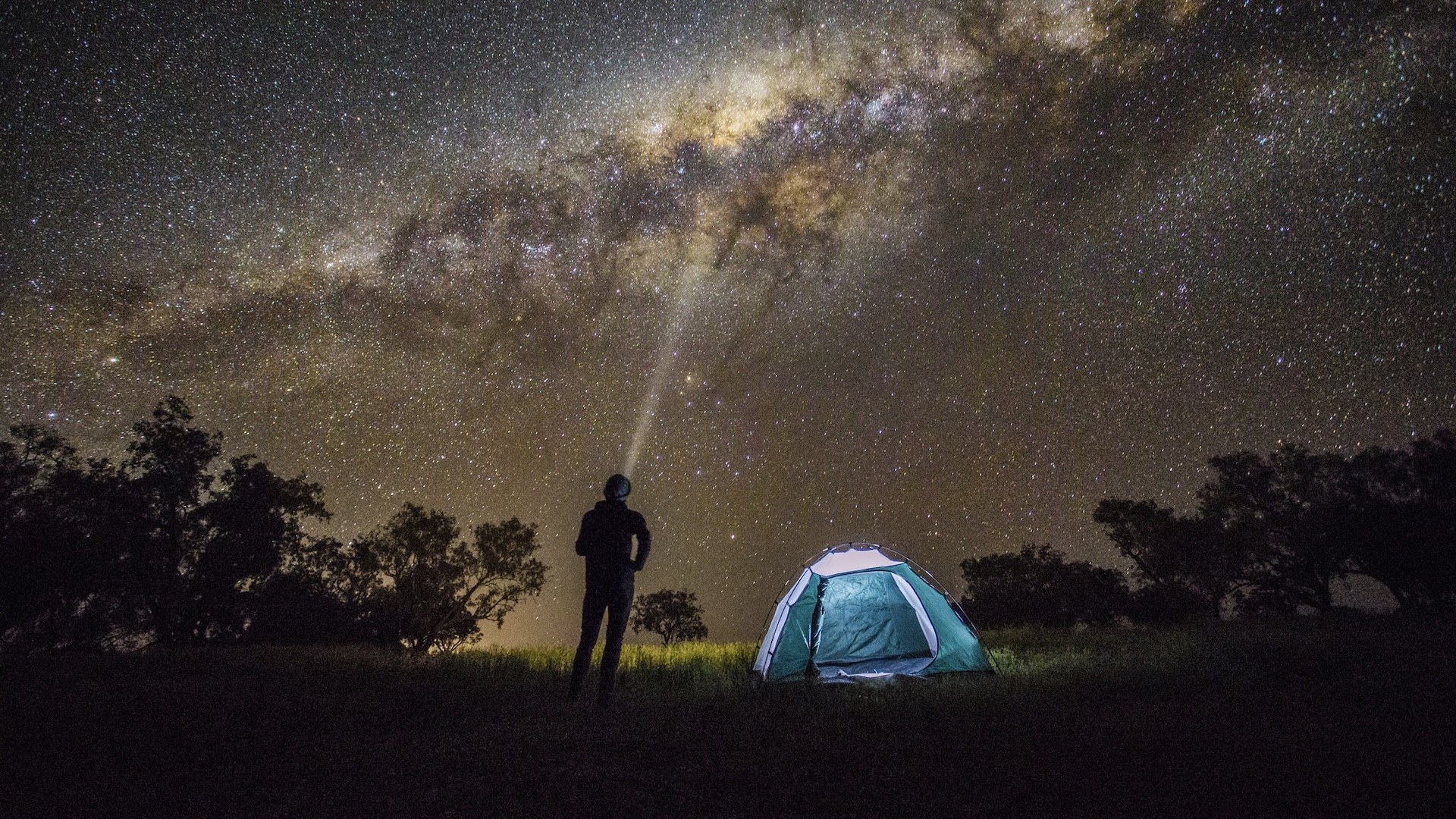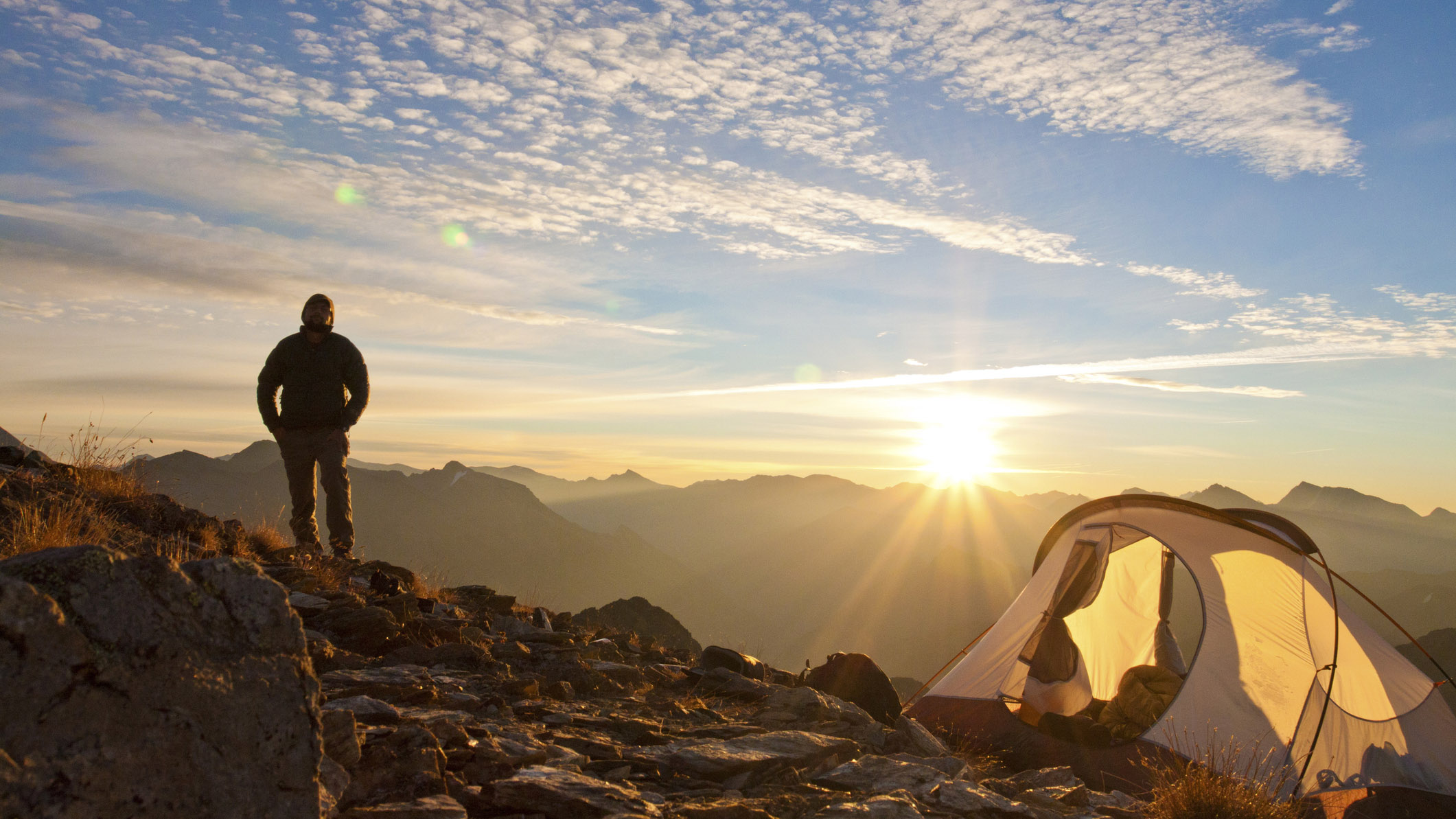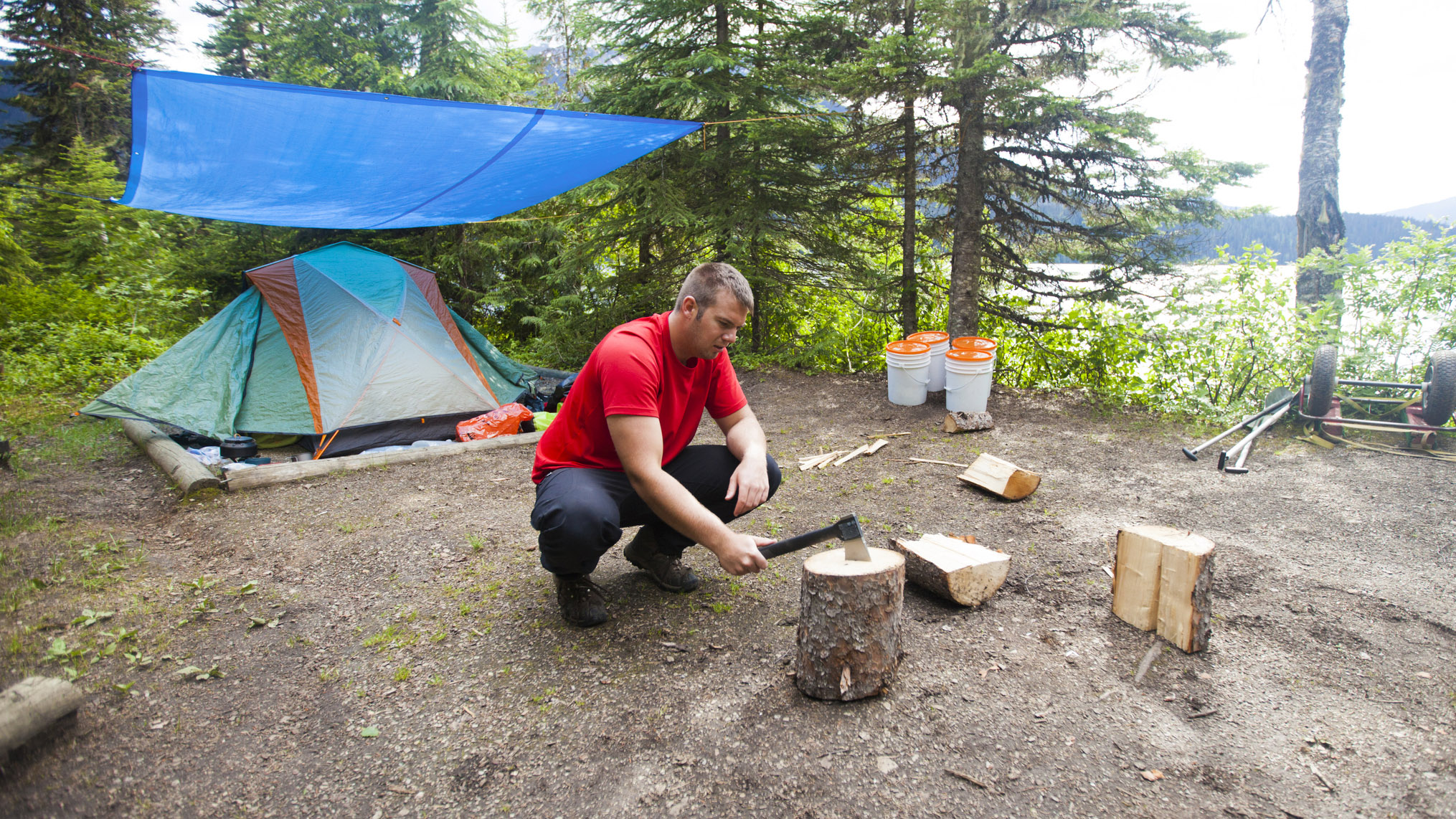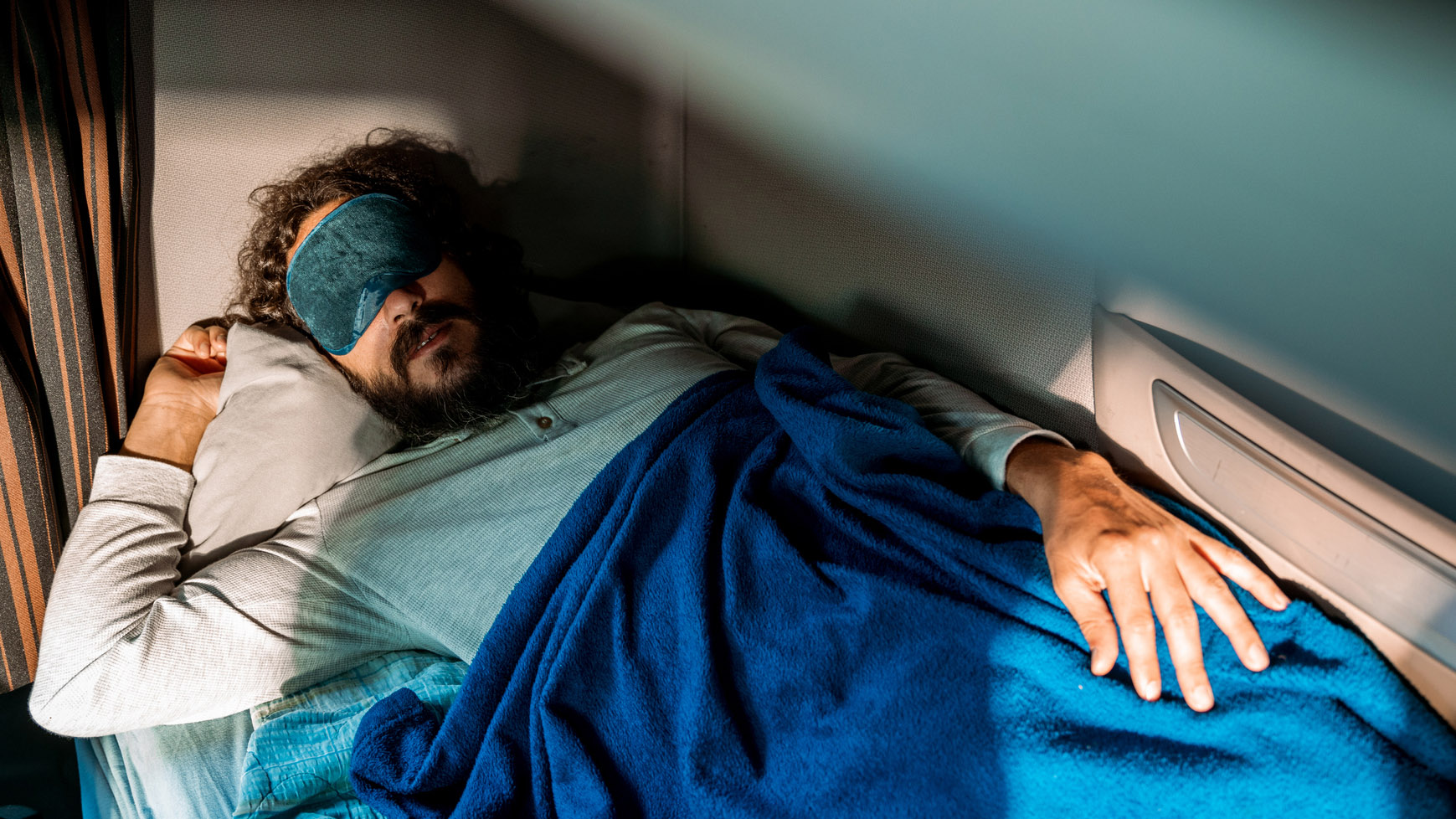How to black out a tent: tips and tricks to ensure sound sleep
Knowing how to black out a tent can be the difference between being rested and invigorated on your camping trip or grumpy and stressed due to sleep deprivation

If you know how to blackout a tent, you’ll appreciate the benefit it can bring, whether you’re retiring for a siesta or just want to enjoy a lie in without the glare of our celestial neighbor waking you at the crack of dawn. More sleep equals less stress, improved mood and the ability to think more clearly, all of which are beneficial on any camping trip.
They say too much of a good thing is a bad thing. When it comes to camping, most of us pray for bright, warm, sunny conditions. Yet the intrusion of light and heat in the early morning can often be unwanted when camping. Many modern tents are designed with blackout fabrics, to keep things cool and dark on those summer mornings.

How to blackout a tent
There are other ways to avoid the sun's glare, aside from replacing the fabrics on your best camping tent. In this guide, we take you through various tips & tricks you can use to ensure you have a restful sleep.
1. Choose the right tent in the first place
If you know you are someone who struggles to sleep in anything but pitch-black conditions, consider this a priority when you make your tent purchase. From one-person backpacking shelters to the best family tents, blackout tents and dark room technology are commonplace in the market these days. Larger tents often only feature blackout fabrics on the sleeping vestibules, but that’s the only place you need it really. If you’re camping with kids, they’re a great idea, as you don’t want the little ones waking you up because they’re hot and bothered at 5am.

2. Attach a blackout liner
Ready to customize your tent? There’s no correct way to do this and it relies a little on your creativity and preferences, but you can blackout a tent using blackout liner fabrics. These kinds of fabrics are available online, just do a quick Google search and off you go.
Once you’ve got your fabric, you can think about where you want to use them and cut bits down to size. This is where the creativity comes in, as every tent is different and you’ll need to consider how to attach your fabric to your shelter once in situ. You could create ties that go around your tent’s poles or stich Velcro to the fabric and to the inner tent where you intend to attach the liner. There are many possibilities.
It may not be necessary to apply liner to every inch of your shelter either, which would be an arduous task on a 4-person tent, for example. You can always just blackout the aspects that will face the sunrise instead.
All the latest inspiration, tips and guides to help you plan your next Advnture!
Using a breathable, synthetic fabric in this way is preferable to using other items you might have with you, such as towels or blankets, which won’t provide enough ventilation for a comfortable night’s sleep. You don’t want to solve one problem only to cause another.
There are some cons to the the additional fabric approach. It adds extra weight and bulk to your gear and it means that your tent takes longer to set up.
3. Erect a tarp shield

How to blackout a tent without touching it? Rather than modifying your favourite shelter, you can always create an exterior barrier to thwart the sunlight using one of the best camping tarps. By suspending or erecting a tarp shield, you should be able to keep the worst of the glare away. Again, you can use a bit of creativity here to craft the ultimate sunblock, but that’s all part of the fun. For car campers this is a great solution, though it’s not one for gram counting backpackers.
Another option is throwing a tarp over the entire tent, but this isn’t the most breathable solution.
Other tricks to ensure a good night’s sleep

One option that doesn’t involve knowing how to blackout a tent and is an ultralight option for backpackers is a sleep mask. They’re not everyone’s cup of tea but they’re a much easier solution than buying a whole new tent, adapting the one you’ve got or faffing about with tarp. Some experts extoll the benefits of a sleep mask whether you’re camping or not, saying that those who wear one reach REM sleep – the stage of sleep that helps the brain retain what it has learned – quicker.
An obvious disadvantage is that you will be less aware of your surroundings, which is particularly relevant in bear country.
2. Choose your pitch carefully

Camp deep in the forest and you won’t need a blacked-out tent, as the trees will provide enough cover that it doesn’t get unbearably bright in the morning. Obviously, not every camping trip takes place in the forest, but you can usually find some kind of shady spot when it comes to pitching your tent. Campsites often have trees and hedgerows to hide behind when the sun comes up. Also, angle your tent so that your sleeping position faces away from the sunrise. Simple.
If you’re wild camping, pitching in a sheltered location with a natural barrier above will keep the sun off you until mid-morning or even later, by which time you’ll have undoubtedly bagged another brace of summits. Those who know how to pitch a tent for a wild camp will also know that the competing consideration here is wind direction. It’s all well and good being shaded when the sun rises but if an absolute hoolie is assaulting your tent all night long, you won’t sleep a wink.
This article is part of Advnture's Sleep Week 2022 (running from Monday 22 August to Sunday 28 August), our in-depth look at how to choose the best gear for sleeping outdoors and get a better night's rest in the backcountry.
Alex is a freelance adventure writer and mountain leader with an insatiable passion for the mountains. A Cumbrian born and bred, his native English Lake District has a special place in his heart, though he is at least equally happy in North Wales, the Scottish Highlands or the European Alps. Through his hiking, mountaineering, climbing and trail running adventures, Alex aims to inspire others to get outdoors. He's the former President of the London Mountaineering Club, is training to become a winter mountain leader, looking to finally finish bagging all the Wainwright fells of the Lake District and is always keen to head to the 4,000-meter peaks of the Alps. www.alexfoxfield.com

